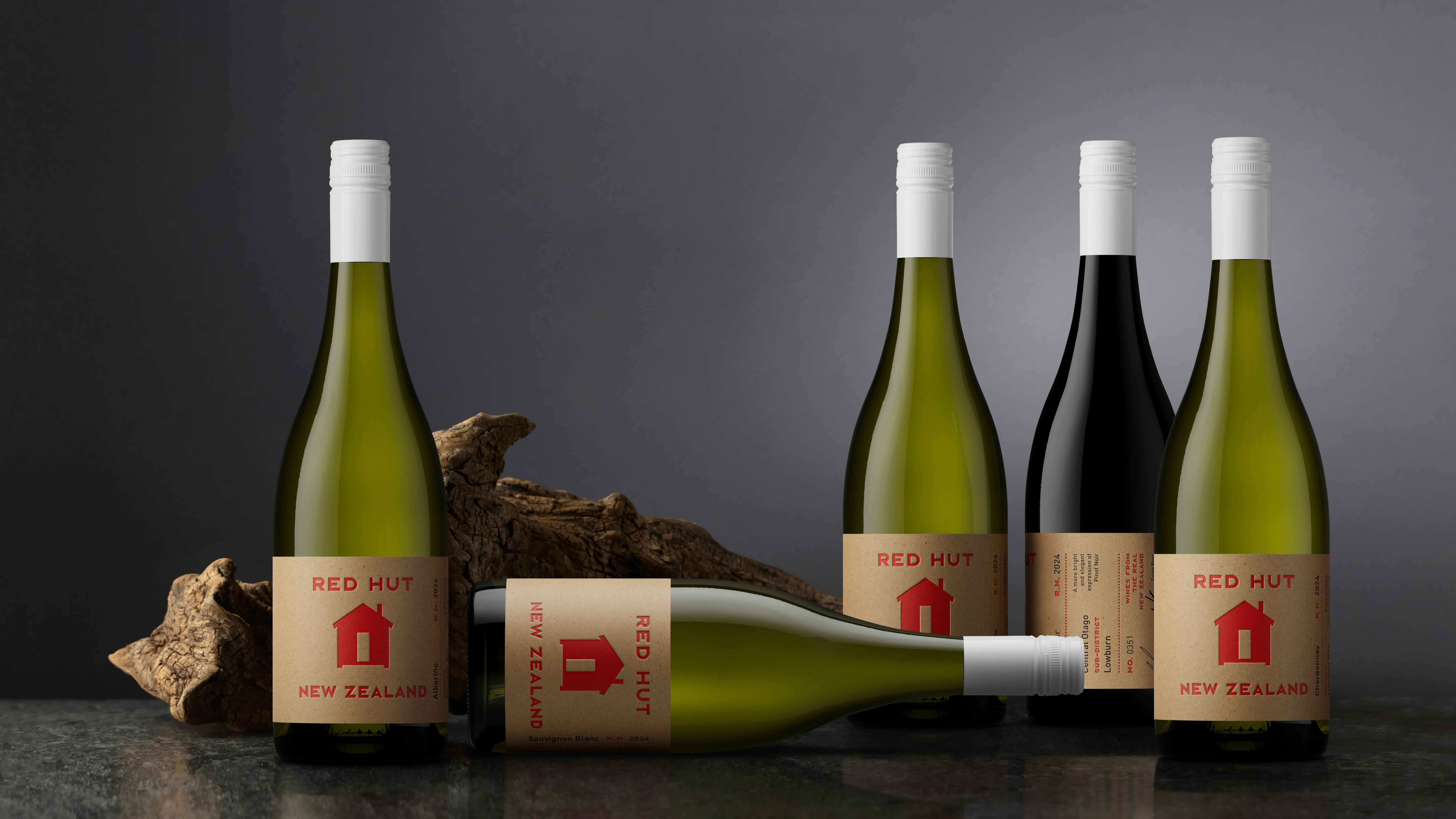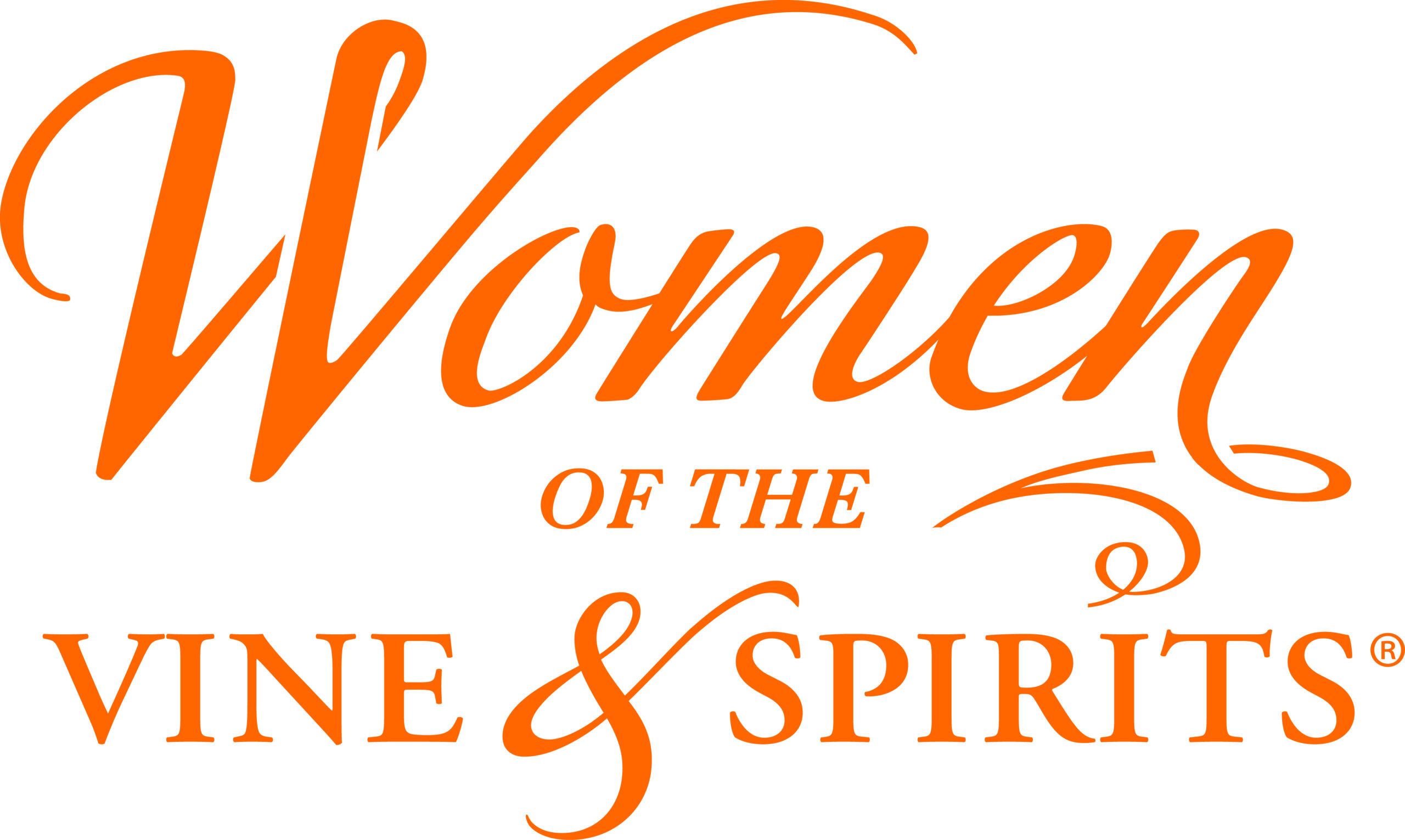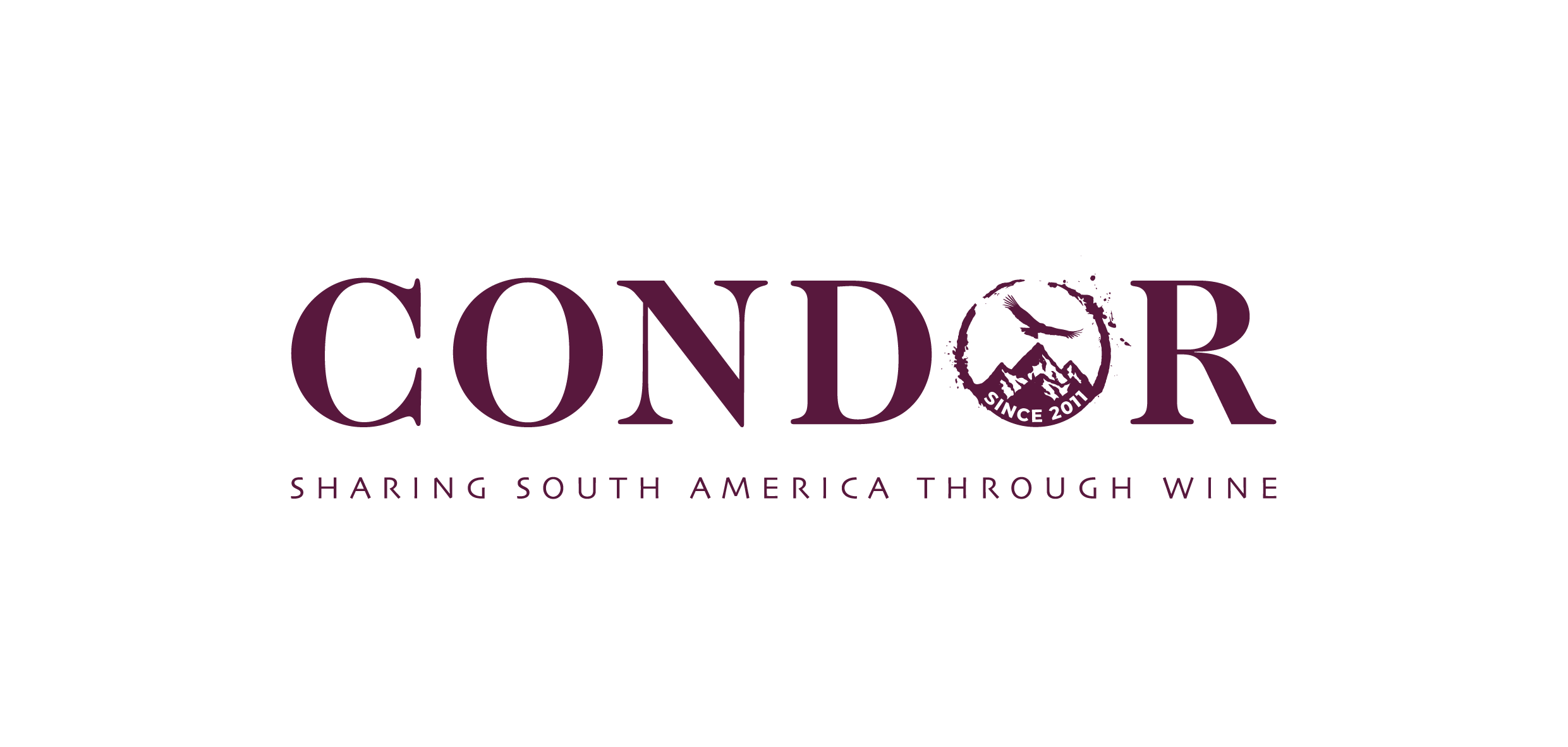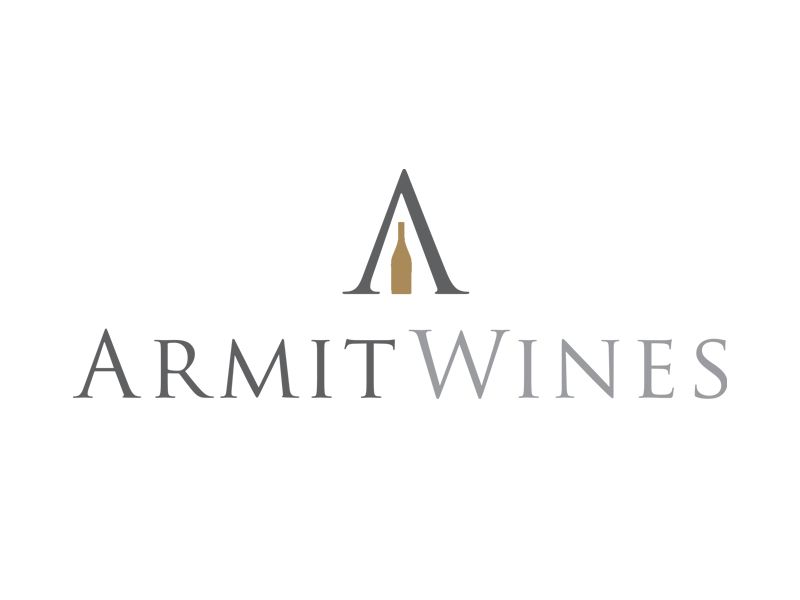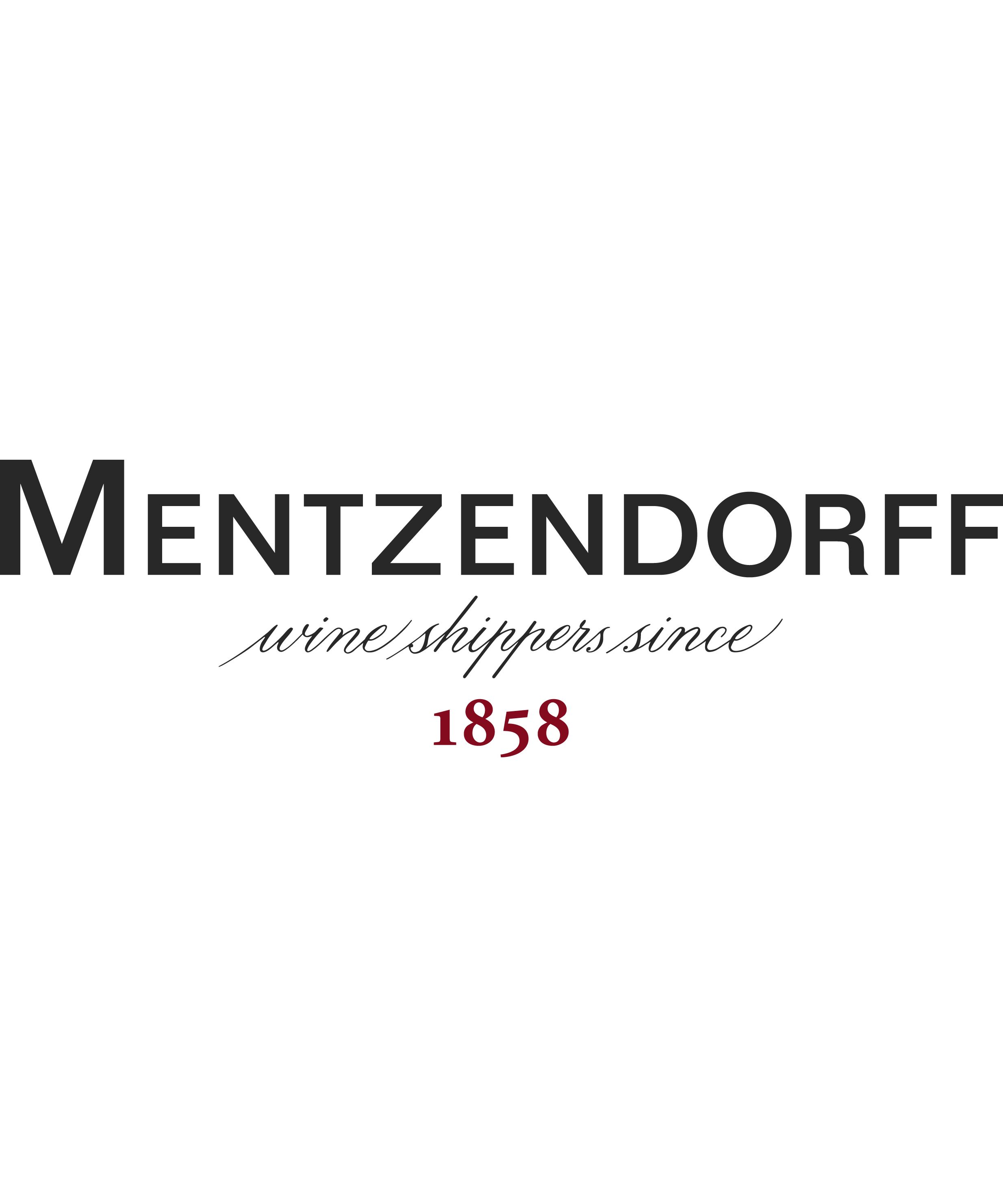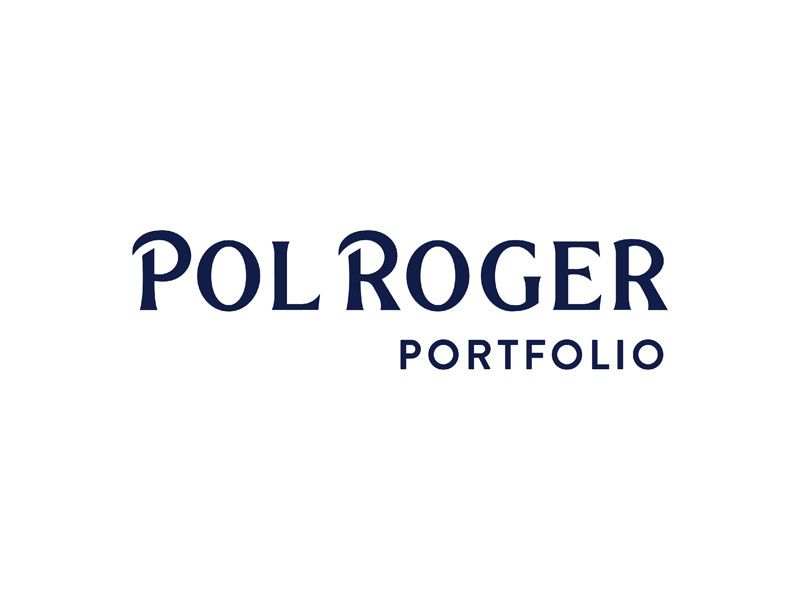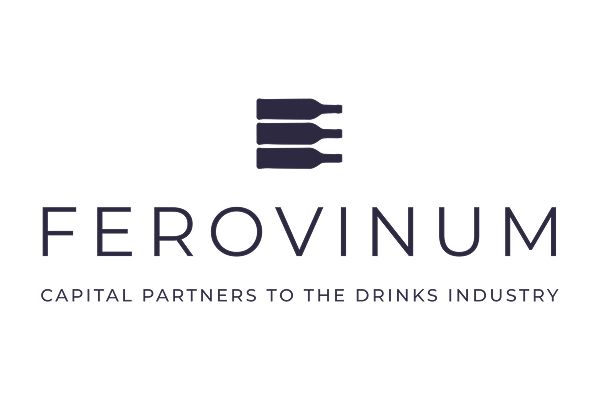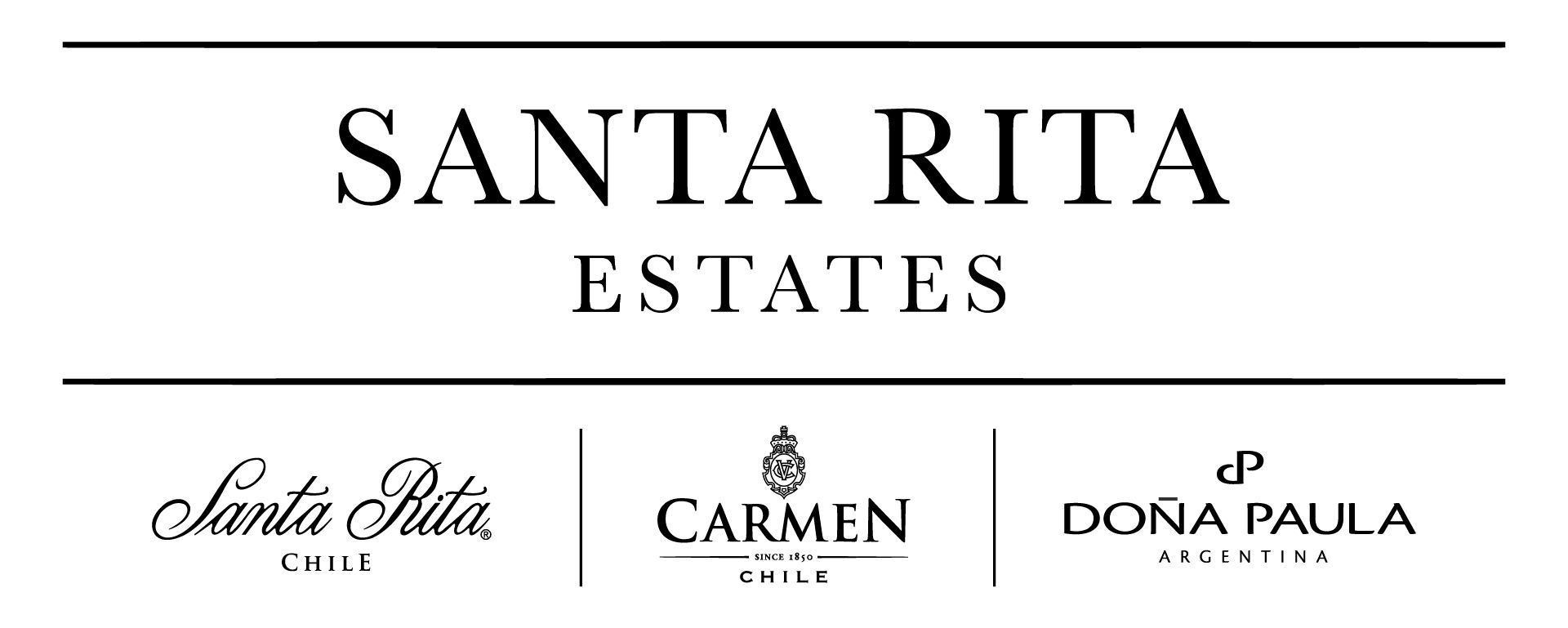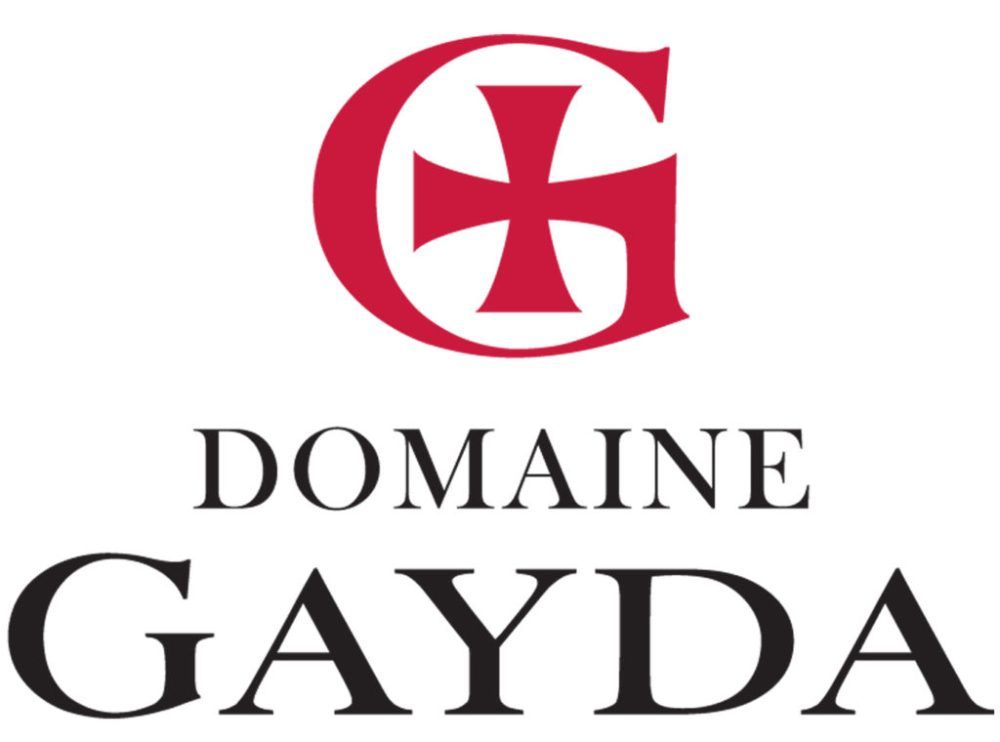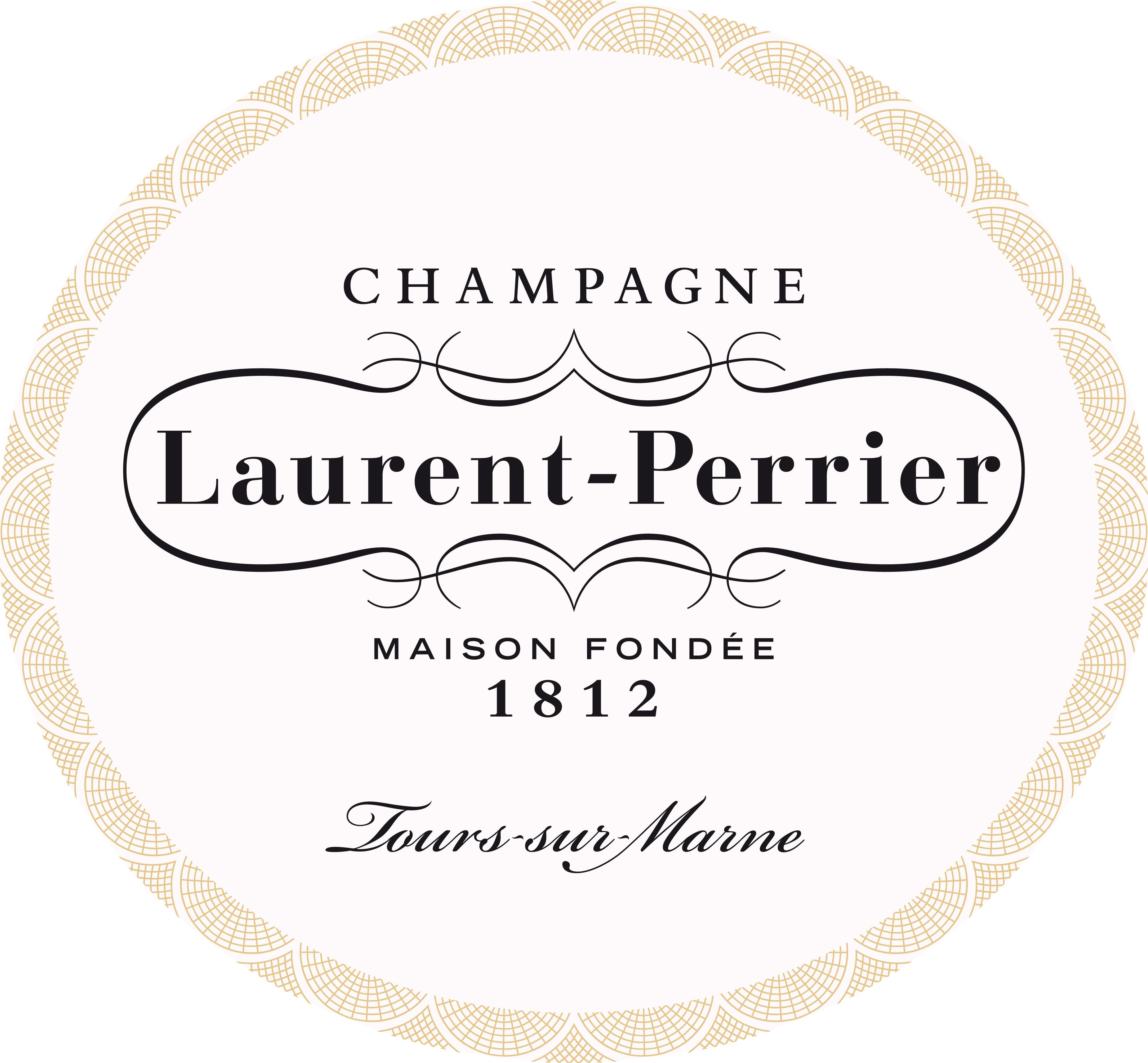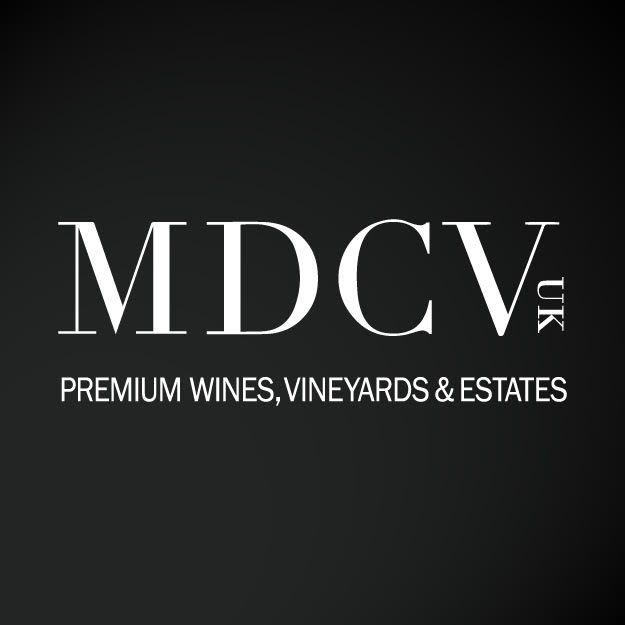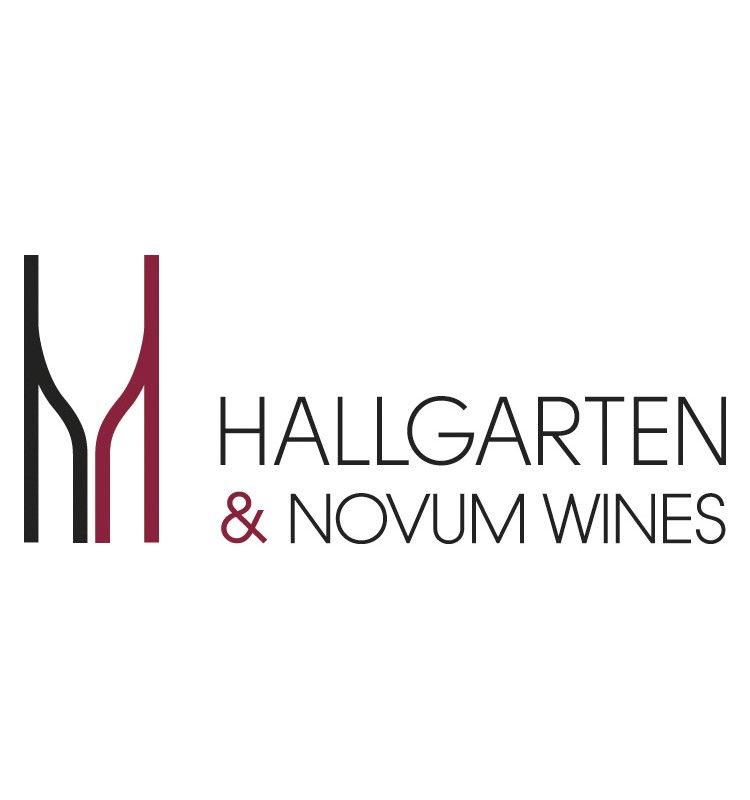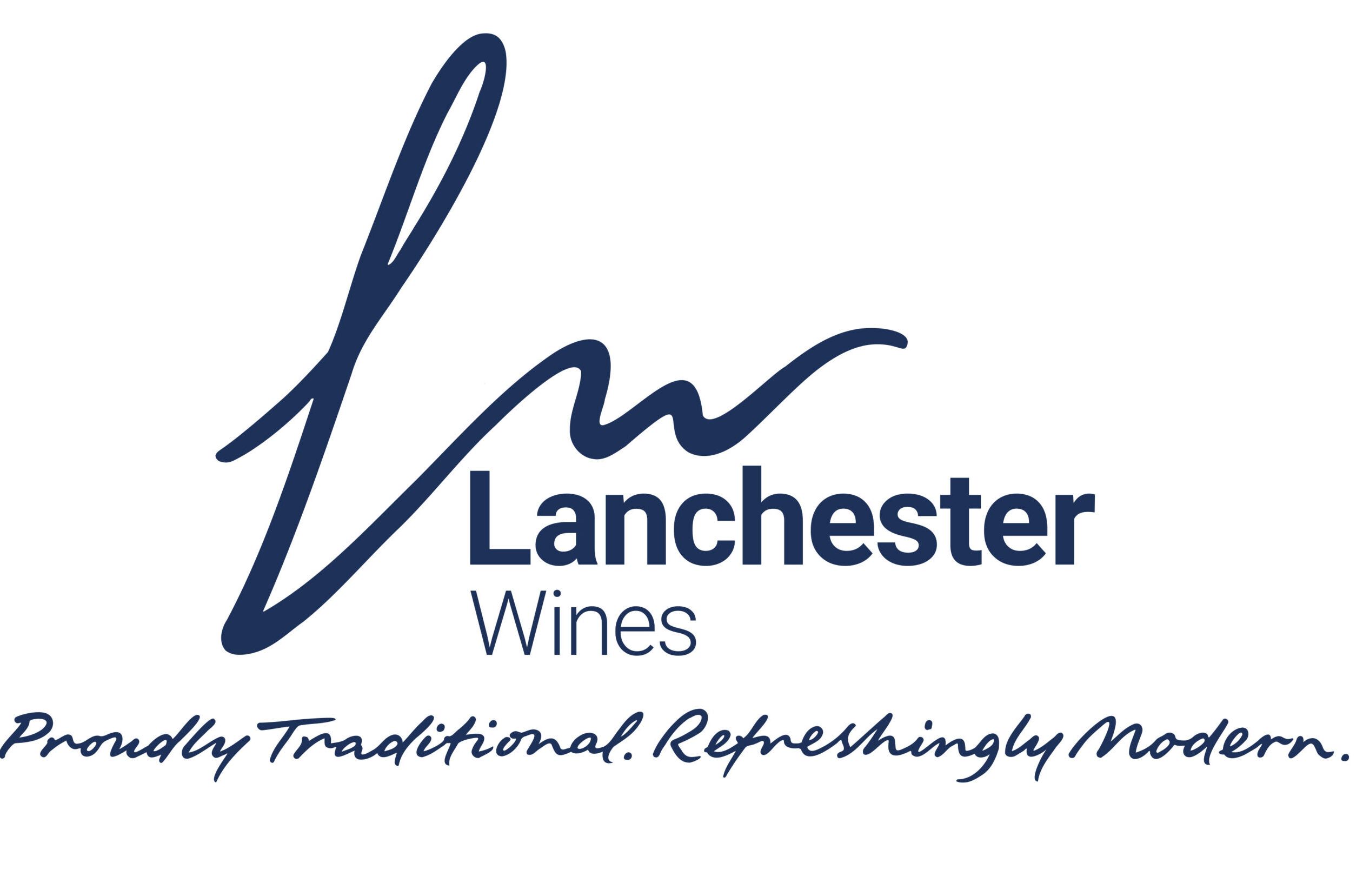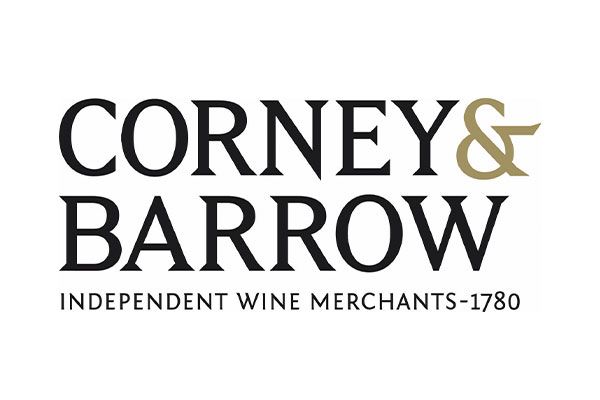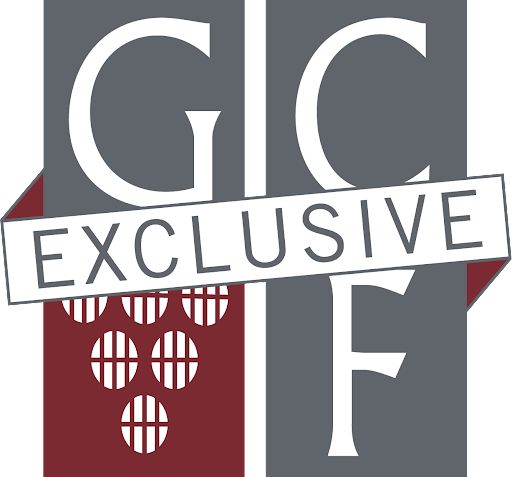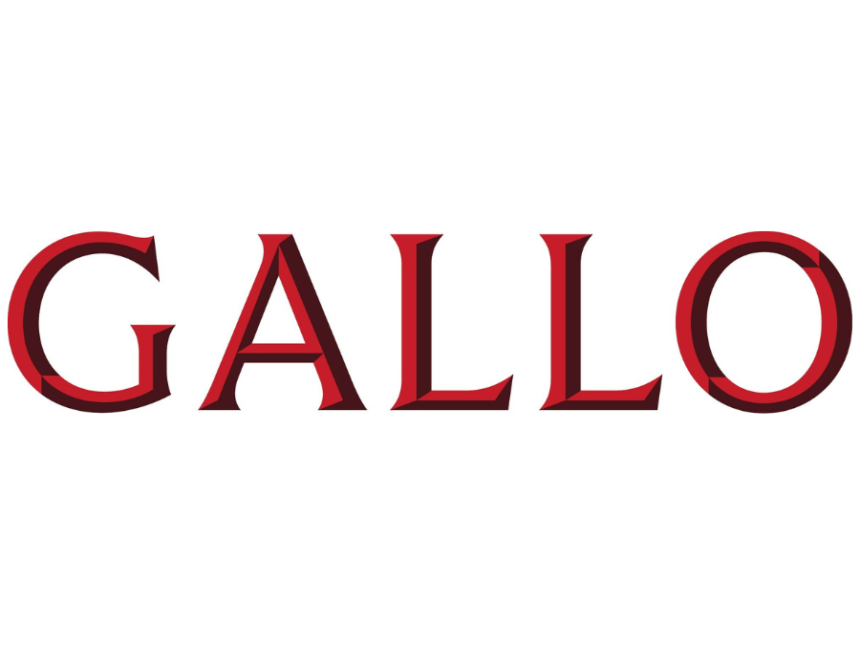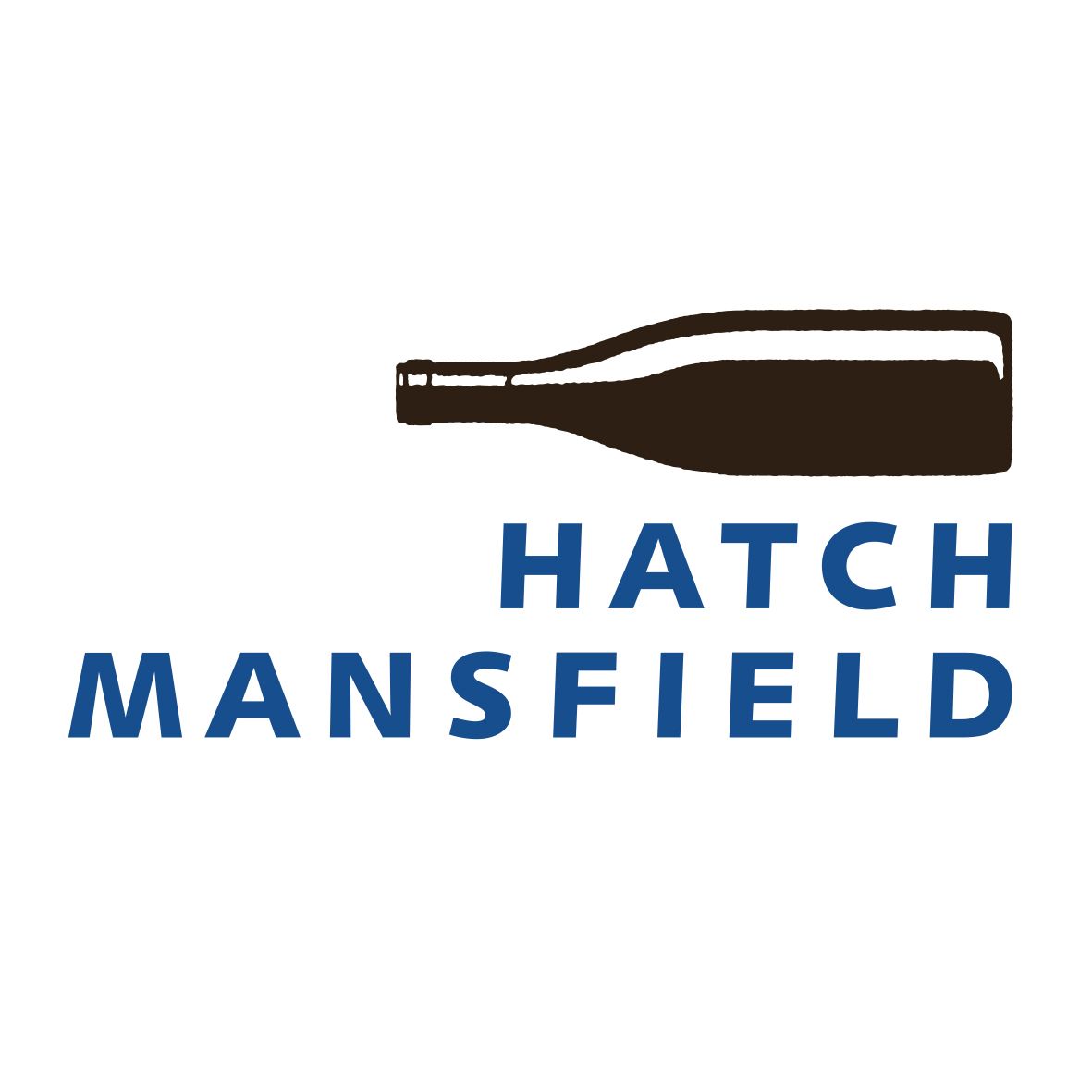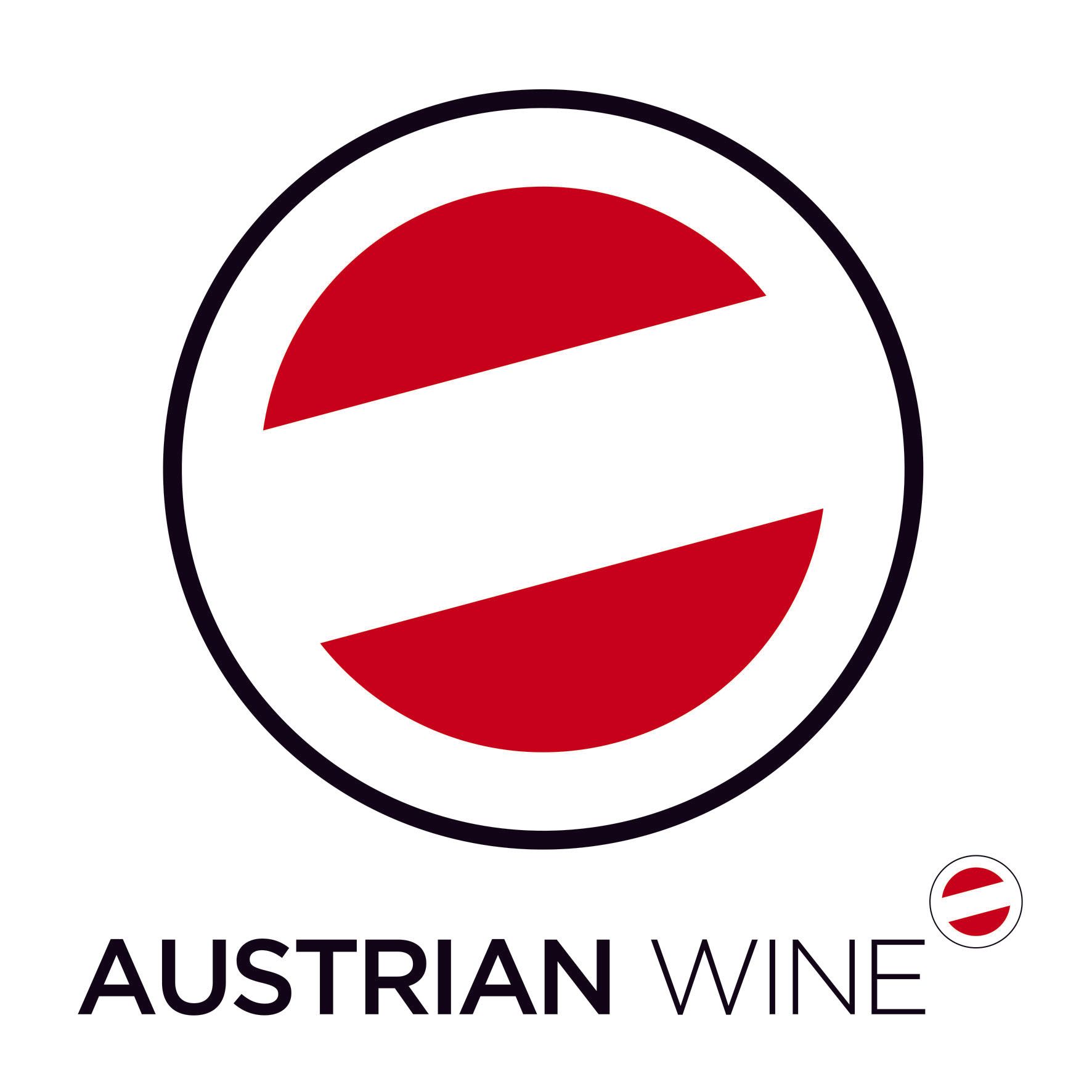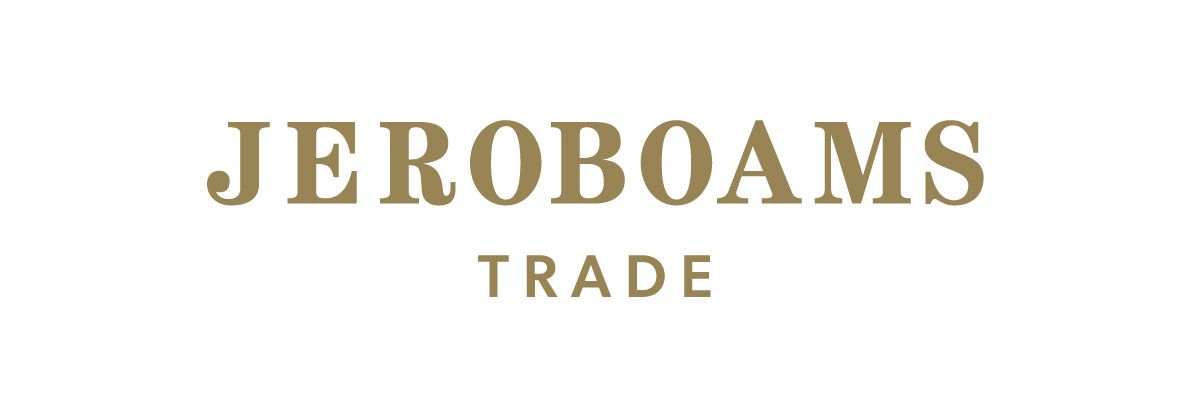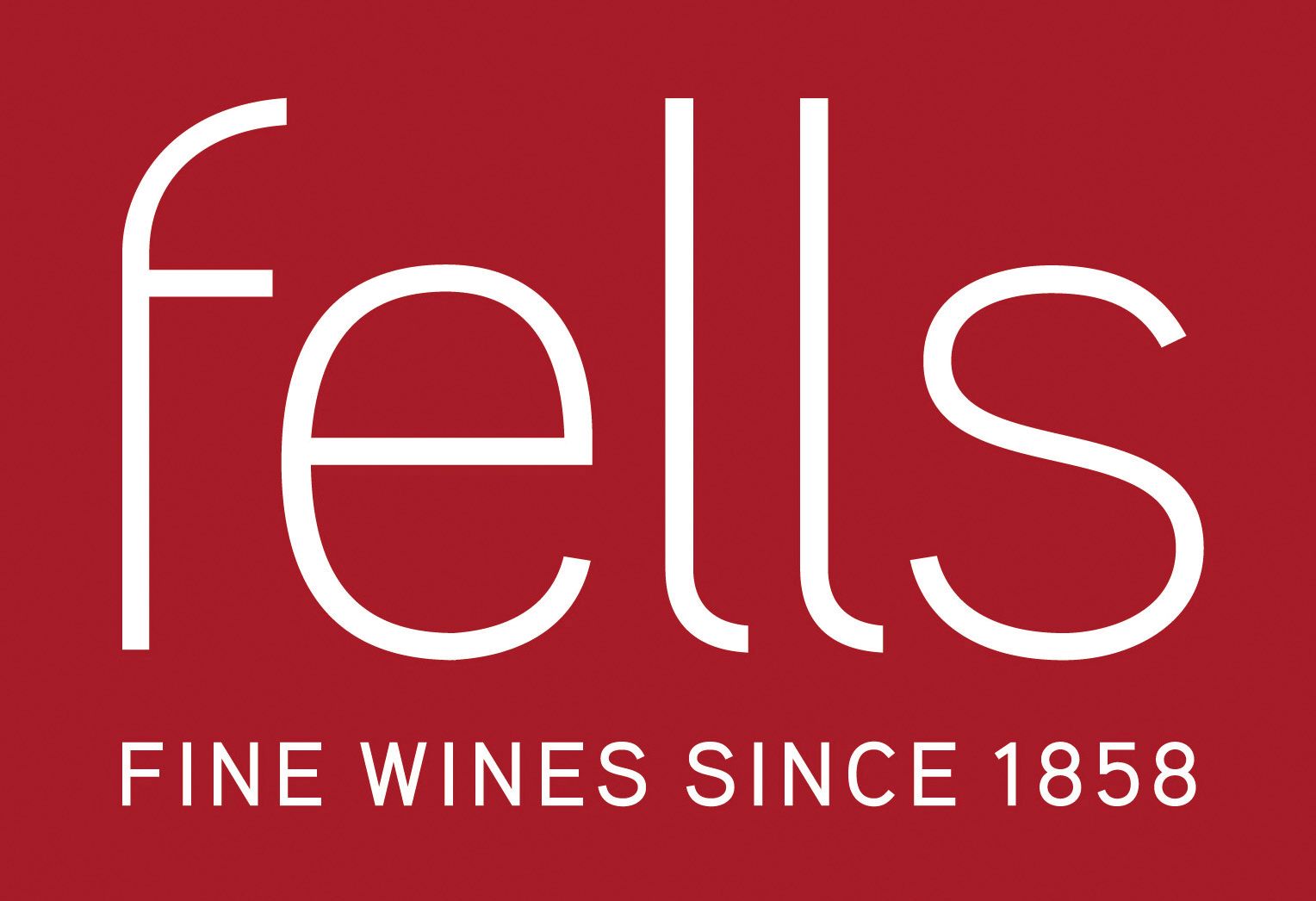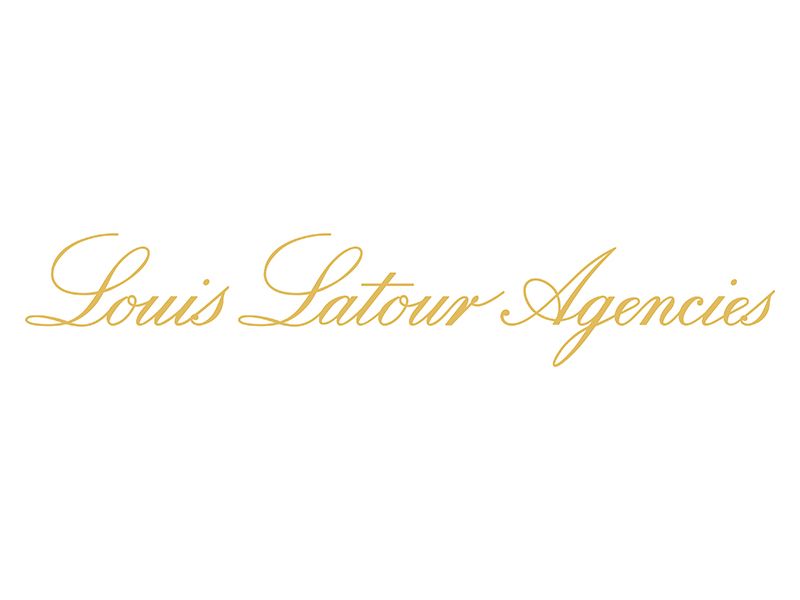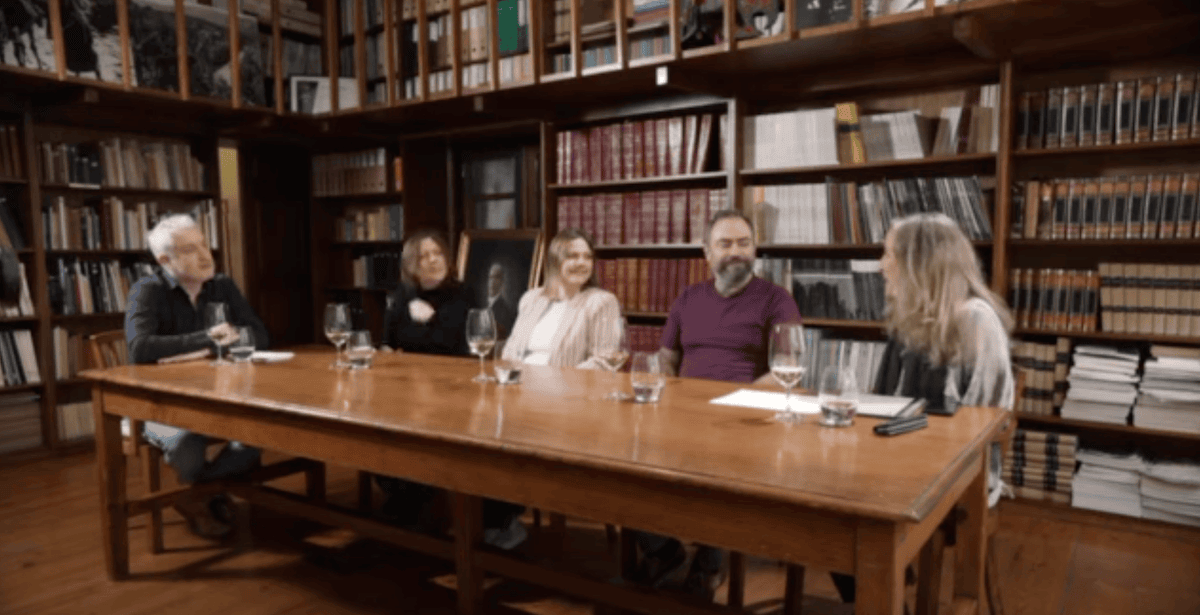As straight-talking Antipodeans, Mike Farrugia and Corey Ryan -good friends for over 20 years and with decades of experience between them in the wine world – don’t mince their words.
“We’re just a bit underwhelmed with where the New Zealand wine industry is from a brand perspective at the moment,” says Farrugia, a native New Zealander who runs his own distribution and import business, Stone Pony Wines and has spent much of his career selling his country’s wines around the world.
“While there are all sorts of brands and regions at the top tier that have helped put the country on the map, from Felton Road in Central Otago to Cloudy Bay and Marlborough, at the other end there are all these commercial contrived ‘bullshit bays’. There just seems to be a big gap in between in terms of good quality and accessible pricing.
“New Zealand has been a bit of a one-trick pony for a while now – around 85% of the wine we ship is Sauvignon Blanc,” he continues, describing the era back in 2008 when New Zealand was really making waves globally and then we had the first “Savalanche”.
“Things really exploded back then, and at the time it [Sauvignon Blanc] was quite an aspirational variety, as there wasn’t much of it about – it was regarded as a premium, expensive varietal . But there doesn’t seem to have been much going on with branding and innovation since then - just more of the same with commercial entry point brands."
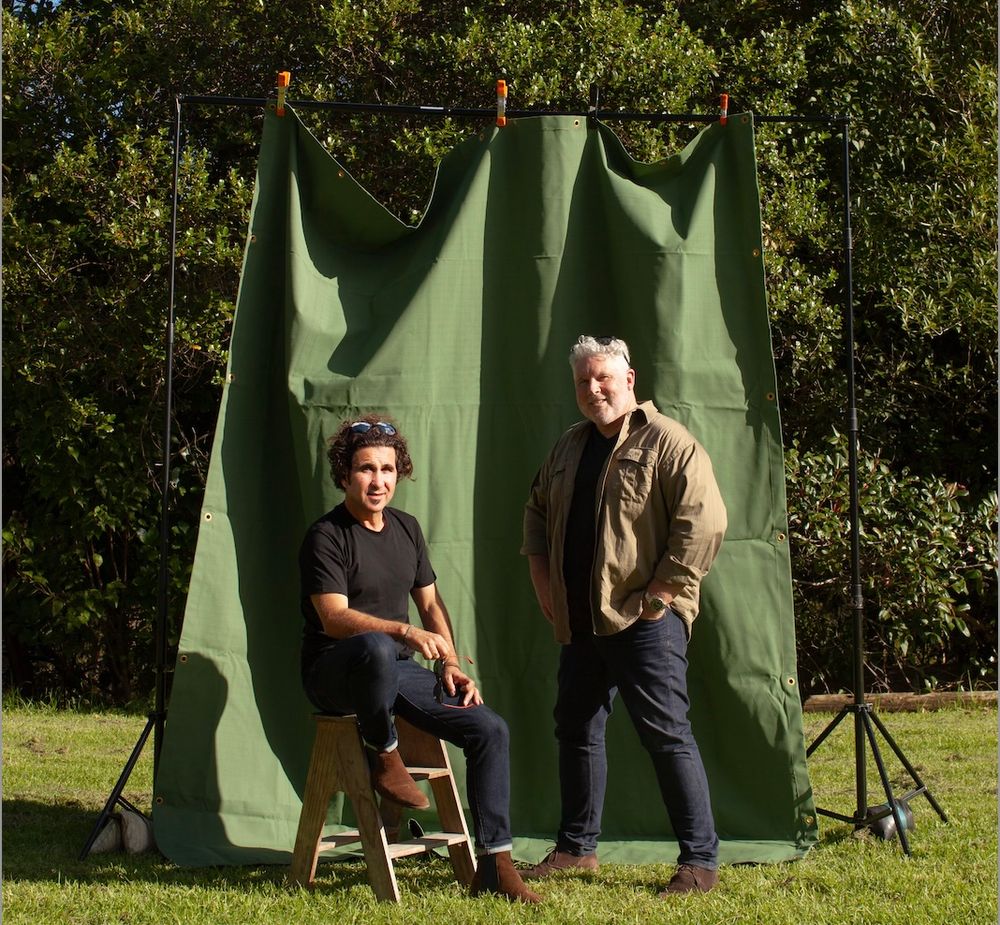
Mike Farrugia and Corey Ryan are fed up with the "Savalanche" of ubiquitious Sauvignon Blanc brands from New Zealand and want to fire new life and personality into the Kiwi branded wine sector
Which is why Farrugia and Ryan, group winemaker at Fourth Wave, have decided to do something about it and have come up with a wine range that they believe better reflects both the diversity and excellence that the New Zealand wine industry can offer - and is a stark contrast to most of the wines being exported.
“So with the backing of the machine that is Fourth Wave, and with their innovation and marketing expertise, we’ve come up with this suite of wines from across New Zealand under the Red Hut label,” says Barossa born Ryan who was head winemaker at Villa Maria for six years until 2008, when the brand was making huge inroads into the UK market.
Five wines, four regions
The new line up from Red Hut, which is named after the huts that scatter the New Zealand countryside offering hikers and adventurers shelter and safety, consists of five wines from four regions.
First up are two wines - a Sauvignon Blanc and Pinot Gris - from the Awatere Valley, which lies south of the better known Wairau Valley where the bulk of New Zealand’s Sauvignon Blanc is produced, and being cooler in temperature and with a very different landscape produces a very different Sauvignon Blanc style.
“The wines from the Wairau Valley are very passion-fruity, gooseberry, and sweaty, and they are what put Marlborough on the map in the first place, but the Sauvignons from the Awatere Valley are more refined and I find a lot more sophisticated – they’re a lot more textural with higher acidity and really focused on sea breeze undertones with a bit of Jalapeno chili, with subtle but intense flavour,” explains Ryan.
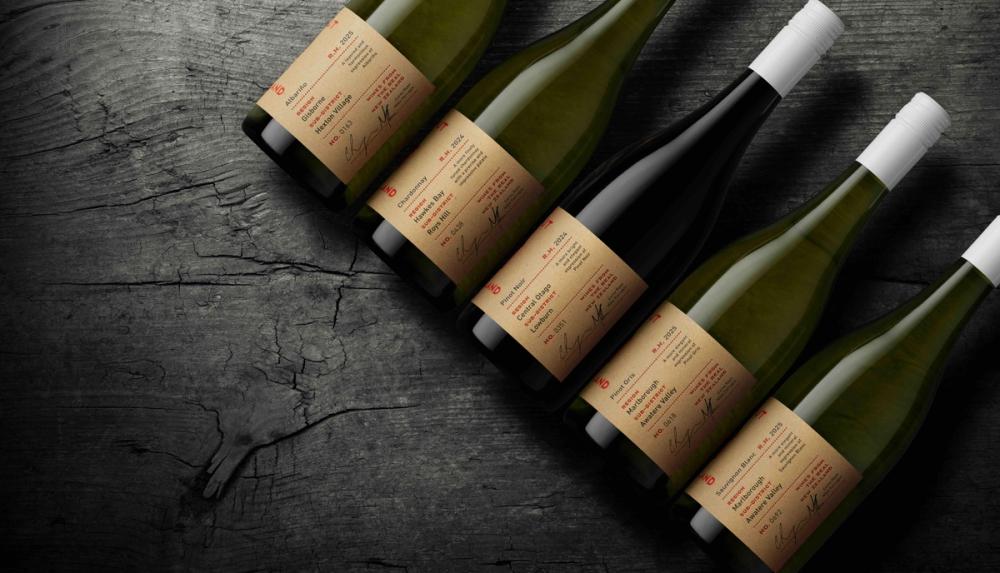
Red Hut is looking to make quality New Zealand wines where it can celebrate and shine the spotlight on the areas where they are being made
Very popular with winemakers, he adds that blending the Awatere Valley Sauvignon Blanc grapes with those from the Wairau Valley works well, but with Red Hut they are firmly focused on the stand-alone Awatere Valley fruit.
Other wines in the Red Hut stable include an Albarino from Hexton Village in Gisborne on the North Island a region which Ryan says seems to suit the varietal well.
“The region is a lot warmer than Marlborough, and gets a bit more rain during the summer, meaning you can do a lot more with particular varieties. A number of producers are growing the variety there – I think it was first planted there around 12 years ago - and it seems to really get to the right level of ripeness and holds its natural acidity.”
Red Hut also produces a Pinot Gris from the Ure region of the Awatere Valley, a region chosen for its ability to produce a fresher, more mineral-imbued wine.
“We just love the style of Pinot Gris grown here, the freshness, the brightness and the minerality,” he says. “
A Chardonnay from around Roy’s Hill in Hawke’s Bay completes the Red Hut white wine offer, which Ryan describes as a “typical Hawke’s Bay Chardonnay".
"It's full bodied, with a touch of oak and with a lovely brightness about it but with lots of complexity. And it’s not too high in alcohol – if you are trying to make a more buttery style of Chardonnay they don’t have to be high alcohol, they can be a bit more moderate, though not in flavour. We build the butteriness from the malolactic fermentation and from the management in oak.”
A barrel-fermented Pinot Noir from Lowburn in Central Otago which Ryan describes as ‘the most seductive Pinot region in New Zealand” is the only red in the current Red Hut portfolio, and completes the line up.
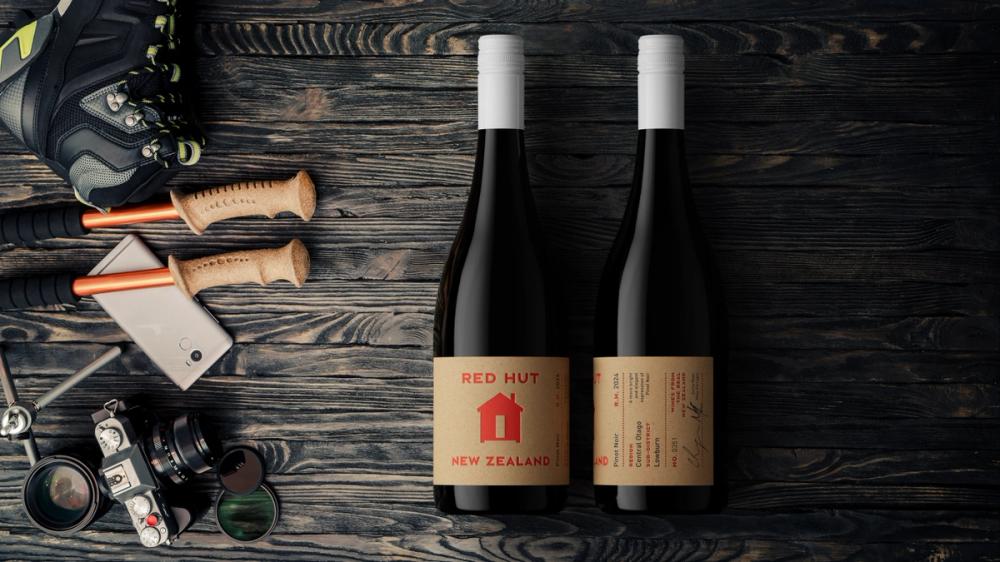
Red Hut's Pinot Noir from Central Otago
“This is really concentrated in flavour, and produced in an area where there is no trouble in making dark, rich and alluring Pinots. It can get quite hot there during the day, so trying to make a great Pinot from there can be quite challenging,” says Ryan.
Promoting diversity
The focus with the new range is firmly on the relatively unknown sub-regions and working with small producers with whom the duo have built up excellent working relationships over their years in the industry – Red Hut doesn’t own any vineyards, but buys all of its fruit and wines from a carefully curated selection of tried and trusted growers.
“We can tap into the provenance, where the wines are from and why they taste the way they do,” continues Ryan who is quietly confident that these small parcel, modern wines amply showcase the sheer diversity and quality of today’s New Zealand winemaking scene.
But changing perceptions - and consumers’ buying habits - is no mean feat, as both Farrugia and Ryan are well aware.
“In a perfect world we would be able to put Hawkes Bay Chardonnay and Gisborne Albarino on the map but that’s a really tall order. However,we are committed to having a go as opposing to just accepting the status quo,” says Farrugia.
“This is the first launch of Red Hut and it’s pretty exciting because they’re all fantastic wines where we have been quite critical about what we do and have been very quality focused, but also mindful that we want to hit a price point and over-deliver on quality.”
The wines will retail for around £12, with the Pinot Noir and Chardonnay likely to be around £18.
“This is a pretty competitive space, but it’s also full of a lot of fairly average wines as well. So we’re actually launching with some excellent little sub regions which is what we’re trying to tap into – the provenance and where they’re from and why the wines taste they like they do.”
The sweet spot
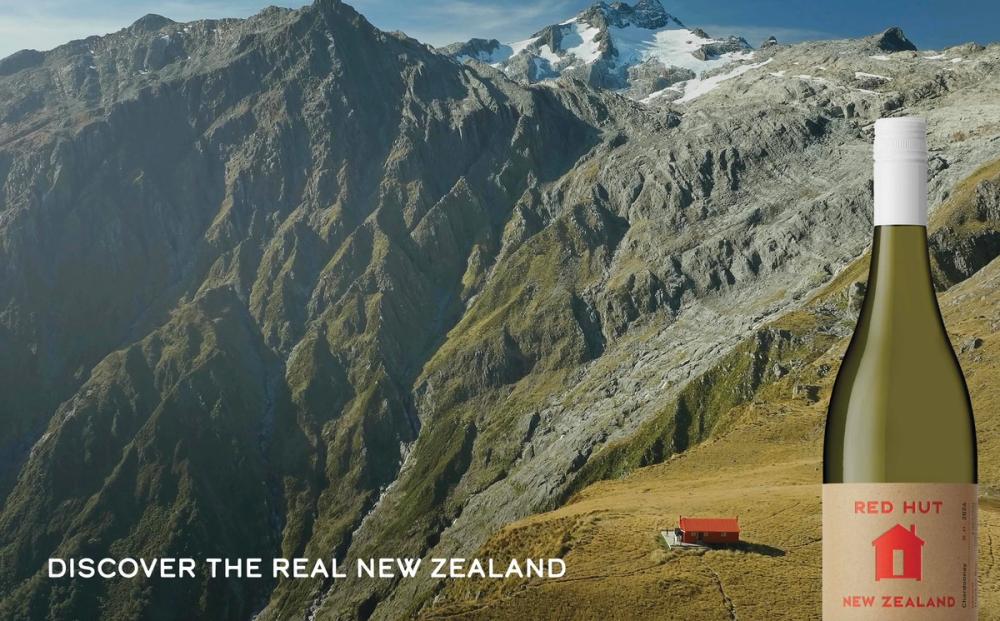
An example of Red Hut's advertising that wants to get back to celebrating the majesty and beauty of New Zealand
“Winemakers can get a bit carried away sometimes,” concedes Ryan, but believes with Red Hut they have hit a sweet spot.
“I think we are pretty well attuned to what consumers enjoy, but we believe that you don’t just keep pitching simple and sweet wines to them -we want to challenge them with new and interesting stuff.”
Ryan describes his approach to winemaking as being “minimal intervention – and crucially, selecting the right vineyards in the first place so I don’t have to do so much in the winery – which is a bit of a cliché but it’s really important to enable you to make a good wine”.
He adds: “If you’re a chef and you’ve only got pretty average ingredients it’s going to be hard to make a great meal. Same with winemaking, it’s all about choosing the right vineyard.”
And not just the right vineyard, but the right part of the vineyard, because as Ryan emphasises, an entire vineyard is not one homogenous mass.
Rethinking Chardonnay
Of all the wines in the range, Ferrugia says he is probably most satisfied with the Chardonnay.
“It’s a really important wine for the range, and most particularly in New Zealand in terms of having something that’s really going to over-deliver and ride this wave of popularity that Chardonnay’s enjoying at the moment. Having a really serious Chardonnay can make quite a statement with the range – everyone does Sauvignon and Pinot but not so much Chardonnay. It’s a really small and exciting category, and it’s super exciting to have the opportunity to do something a little bit different.”
He adds that there’s a definite surge of interest in what he calls “fringe varieties” such as Tempranillo and Montepulciano, which Ryan has been experimenting with. “There’s definitely interest coming out of the New World for these Old-World varietals.”
Going direct
Ferrugia says they are not currently looking for UK representation, but instead planning on handling the distribution themselves in both the on and off-trade. But he stresses that it’s not going to be wide ranging, at least not at the outset.
“Certainly in Australasia, it’s very much going to be a slow burn on the build-up in the on-premise in the traditional way, and I think much the same in the UK. The initial focus shall be on the on-trade and then we’ll open up through retail. You’ve got to get the wines established, and if you go for wide ranging distribution from day one you’ve kind of cooked your opportunity to be in restaurants and in bars.”
The UK was selected as the first European country to launch the wines for manifold reasons, but largely because Ferrugia says they understand the market “reasonably well and speak the language, which always helps”.
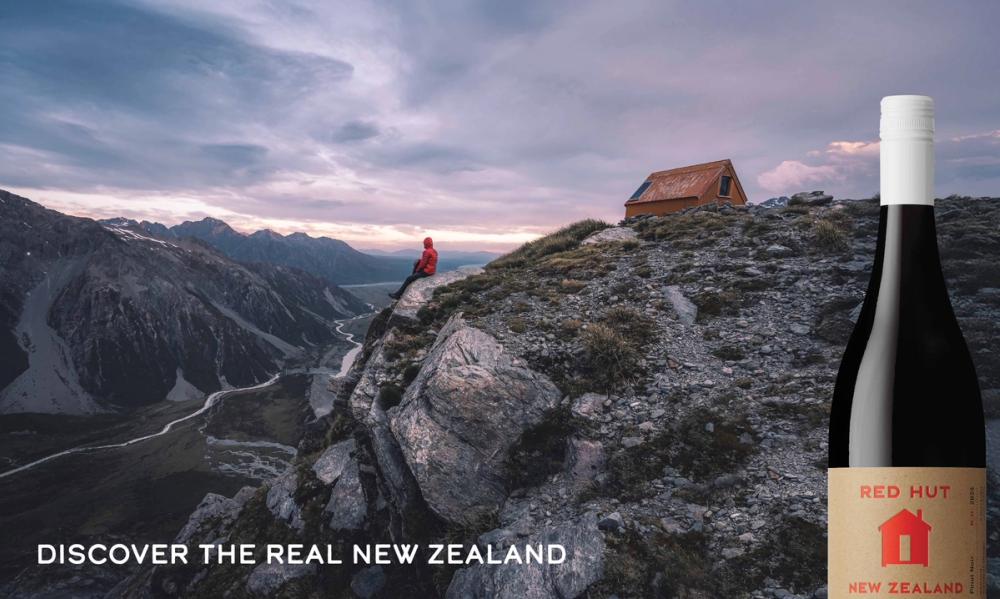
Having Fourth Wave wines well established in the UK will help hopefully help to introduce Red Hut to the market
Having Fourth Wave represented in the UK also makes life a lot easier in getting the Red Hut brand established.
“That’s probably most important – the fact we have someone on the ground here. I’m not saying it’s going to be an easy win, but it's an obvious place for us to start.”
Additionally, Farrugia points out that New Zealand wine is already very well established as a well-known category in the UK market.
As to the future, Farrugia and Ryan have their sights set on “getting the UK nailed down first” before focusing on the rest of Europe and Southeast Asia and Singapore, while the US is “definitely” on their radar.
They also see Red Hut branching out into other wine varietals such as a Hawke’s Bay or Waiheke Syrah.
A cunning plan
“One of the great things about this project is that we’ve been able to re-engage with mates across the country and source grapes through people we already know - growers or winemaker we’ve known and worked with for years, who are on the same wavelength as us, so we are tapping into 25 years-worth of relationships and understanding,” says Farrugia.
He adds: “So it’s not just something we concocted yesterday, this has been in the making for a long time, though we probably didn’t realise it until we started putting it all together two years ago. It’s one of those projects we talked about when we were a lot younger, but this has actually came to fruition, and it feels great!”
* If you want to find out more about Red Hut wines go to its website here.
